How Apple makes 'killer features' out of Android's bread and butter


Read in other languages:
Making new out of old, Apple has totally embraced this doctrine. The latest iPhone SE 2020 is the perfect embodiment of this. But it's a strategy totally at odds with its Android competitors, and Apple seems to be repeating the trick for the new iPhone 12. If the tricks works, why not keep playing it?
According to the latest leaks around the iPhone 12, Apple's next flagship may come with a 120 Hz display, a 3x zoom camera lens, a better battery, and improved Face ID. When I saw all the specialized websites reporting this news on Monday, I found these leaks quite boring. A refresh rate of 120 Hz and 3x zoom are not innovative features anymore in May 2020. They will be even less so in September during the Apple keynote in Cupertino.
"But Apple always takes its time before launching a new feature, even if it means releasing it after its Android rivals, to make it perfect," Julia, my colleague at AndroidPIT and a seasoned iPhone user, told me at the time. The ensuing debate on Slack gave us the idea to write this mood post together, each defending our own side of the fence.
Antoine: Apple always thinks it is reinventing the wheel
As we've seen recently with the iPhone SE 2020, it doesn't take much for the technosphere to praise Apple. The user experience of the Californian giant is so popular with some consumers that as soon as Cupertino finally agrees to reduce the price of access, this strategy is seen as revolutionary.
By recycling a good part of the components of its old iPhone 8, Apple discovered the concept of the flagship killer. Some even think that the firm has reinvented it. At a time when Chinese manufacturers, who have popularised this business model, are moving further and further away from it. So here, it's the price-to-performance ratio of the iPhone SE, which is nothing exceptional for an Android enthusiast, that is seen as a killer feature.
But I've also seen this phenomenon on Apple's latest flagship, the iPhone 11 Pro Max. At the Keynote in September 2019, I found the presentation of the iPhone 11 almost surreal. On the photo part, Apple really gave the impression of having just discovered the ultra-wide-angle photosensor. As if no other manufacturer had offered it before.

This sensor was presented as a real revolution and Apple made it THE central feature of its flagship range. Certainly, the photo module turned out to be very performant after the tests, but it's absurd that this normal addition to the market standards has made so much noise. With the exception of Google's Pixel, virtually every high-end device on Android had been offering multiple sensors with an array of options on the back.
But that's precisely Apple's strength, and the source of annoyance for all its detractors. Cupertino takes its time to make you want a feature. This grows and becomes almost a need, as the lack of it is felt while Android competitors already offer it. Apple knows how attractive its user experience is. The firm tortures its followers until the last moment so that when it finally follows the technological lead of its rivals, they say "thank you" and not "it's about time."
Julia: good things come to those who know how to wait
I agree with my colleague: if the iPhone 12 does come out with a 120 Hz screen, Apple will of course announce it as the "best display on the market". But wouldn't it be strange if it said otherwise? Companies are (publically at least) convinced of the quality of their products.
Apple, in particular, is known to praise each new smartphone as "the best iPhone ever made". That's smart, because no one else makes an iPhone. The 120 Hz display will therefore effectively be a decisive element and in its own bubble, a killer feature. But in my opinion, an iPhone display has always been superior to the competition anyway.
I remember the presentation of the iPhone XR, with which Apple had created the best LCD screen you can buy today. The color intensity and contrast are consistent, the display is fluid and the panel brightness is not only up to the OLED products of the Huawei P30 Pro or Samsung Galaxy S10e. According to measurements taken by our colleagues at Notebookcheck, the LCD screen of the iPhone XR far surpasses them.
You can find more videos on current tech topics on our video page.
I agree with the so-called Apple fanboys, who bravely face the hostilities of the Android camp on the internet. Apple certainly uses "old" technologies, but they have the merit of being perfectly optimized. I grant you, this is not always the case with Apple as the example of the butterfly keyboards on its MacBook line has shown.
But if Apple had never failed and pushed its products into their entrenched positions, Apple users today would not be enjoying these reliable smartphones, computers, or connected watches. If Apple takes the plunge towards a high refresh rate, I'm sure the optimization will be there, unlike some Android models whose battery suffers too much from 120 Hz like the Samsung Galaxy S20 Plus.
I'm already looking forward to the 120 Hz display of the new iPhone 12 and I wish other manufacturers would also take more time to develop good products that ultimately do what they are supposed to do: work every day and offer real added value.
Whose side of the fence are you on? Do you think the 120 Hz screen can be a real killer-feature on the next iPhone 12? Tell us what you think!







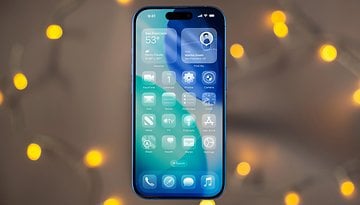
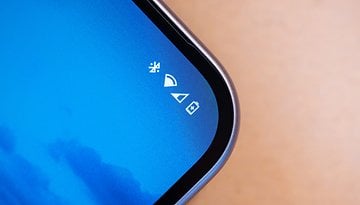
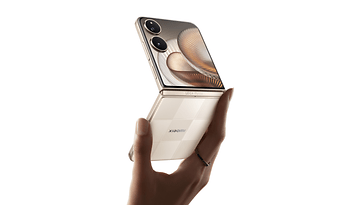
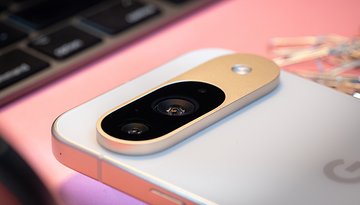
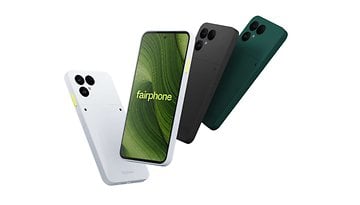

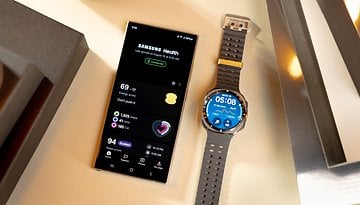
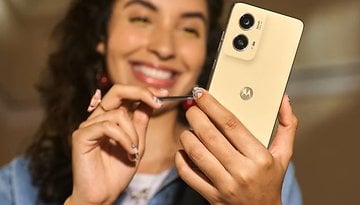
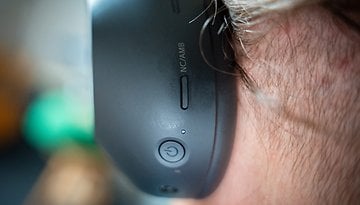

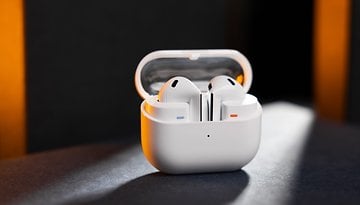


Apple is about MARKETING...PERIOD. Their "base" believe anything they say, and buy it.
-
Admin
May 14, 2020 Link to commentApple was supposed to be soooo innovative!!!!
When you live in a walled garden, anything copied seems new. I would strongly disagree that Apples implementations are better as the standards for most of these copies are subjective experience. In those objevtive tests, apple is not always better either. Notice the apple proponent cherry picked a single win as though it were proof for all cases.